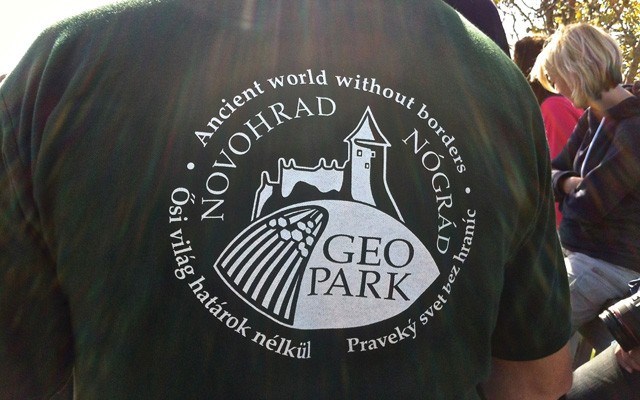A motorhome stops by the side of the road, its occupants scramble out, cameras bristling, to approach a large bear, oblivious to their safety or the ensuing traffic chaos. Another bear tries repeatedly to cross the highway during afternoon rush hour, dense traffic in both directions unable to accommodate it. A car heads north from Whistler, smouldering cigarettes flying from the windows, followed by a chip bag, then a beer bottle that smashes on the road in front of me. You can't make this up. It's late spring in Whistler and the Unconscious Humans have arrived.
Sure a few UH show up in winter, but the environment and wildlife are at that time buffered by metres of snow. In summer, they awake to new-found vulnerability. The RCMP protect the town, and municipal bylaw, B.C. Conservation and B.C. Parks officers can hand out citations to environmental offenders, but the game is such that they will cumulatively intercept less than one per cent. Thus, we are each year faced with the growing impact of our success as a destination — ballooning crowds in and out of town, on mountain, at lakes, on trails, in campgrounds, even the furthest-flung wilds to which we once retreated to avoid such scenarios. Sadly, UH have little appreciation for the beauty that surrounds and its importance to our communities.
What to do?
This question picks up from a column I penned last summer that struck a chord ("Whistler, By Nature," Pique, Aug.4, 2016). In it, I explored the oft-voiced lament that the drive to fill up the town might be emptying the experience — particularly where it comes to safeguarding key connections to nature for residents and guests alike. Concluding, I said: "stay tuned." I had an idea that needed fleshing out. The premise was this: the Sea-to-Sky region — largely due to Whistler but with Squamish and Pemberton coming on fast — enjoys global recognition for its unparalleled skiing, mountain biking, range of activities, multitudinous events, culinary luminescence, and — let's face it — partying; what it lacks is any similar collective recognition for natural values — that is, the diversity of its landscapes, flora and fauna. Putting these front of mind in all planning would aid in better contextualizing all the rest. But what can simply and effectively achieve such a thing across multiple jurisdictions? Answer: a UNESCO Global Geopark.
I've talked about the geopark concept in this space before. Geoparks are increasingly popular because of their unique way of combining significant geology, conservation values, sustainable development and community involvement. When I attended the 6th International UNESCO Conference on Geoparks in September 2015, North America contained only one of 100 Global Geoparks — Stonehammer, in Saint John, New Brunswick. During that conference, however, a second Canadian Global Geopark was designated in Tumbler Ridge, British Columbia. I'd previously visited and written about Tumbler and the group that spearheaded its, which led to my thinking Sea-to-Sky country was a perfect candidate.
Some detail: a Global Geopark is defined as a unified area with geological heritage of international significance. Geoparks use this heritage to promote awareness of key issues in the context of planetary dynamics. For instance, outreach around local geological hazards — volcanoes (check), earthquakes (check), tsunamis (check) and landslides (check) — can help to prepare disaster-mitigation strategies. Geoparks can also hold paleontological or physiographic novelties, including records of past climate change like glaciers (check), sea-level fluctuation (check) and floods (check) that can be used to educate on current climate change as well as best-practice approaches to utilizing renewable energy and practising green tourism. The geology of an area also begets its biology and ecology, intimately linking these realms. Thus, geoparks can also inform about the sustainable use and need for natural resources — whether quarried, harnessed, or harvested — while promoting landscape integrity, respect for the environment and species protection.
The most germane part for most is that geosites within a Global Geopark are highlighted almost entirely through the ways in which visitors can experience them — including hiking (check), biking (check), paddling (check), skiing (check), climbing (check) or zip-lining (check) — not to mention plumbing cultural and historical milieus inherent to each in local museums, galleries, and markets. That's because landscape and geomorphology dictate where humans settle and how; the resources extracted and energy used; the food that's available and how it's gathered, cultivated or consumed; even the art and architecture generated. As humans, the rocks beneath our feet and the forces that shape them are responsible for the convergences of land and labour upon which a community turns.
While their bailiwick is big, geoparks are not a legislative designation, only recognition of an area's importance (the UNESCO stamp being a driver not just of tourism, but the proper kind of tourism), although it's hoped that key heritage sites within a geopark can be protected under local, regional or national legislation as appropriate.
This is the thread of an idea laid bare. Next week I'll delve into the actual waypoints of a Sea-to-Sky geopark and how it might all work to bring a little consciousness back to the corridor.
Leslie Anthony is a Whistler-based author, editor, biologist and bon vivant who has never met a mountain he didn't like.




